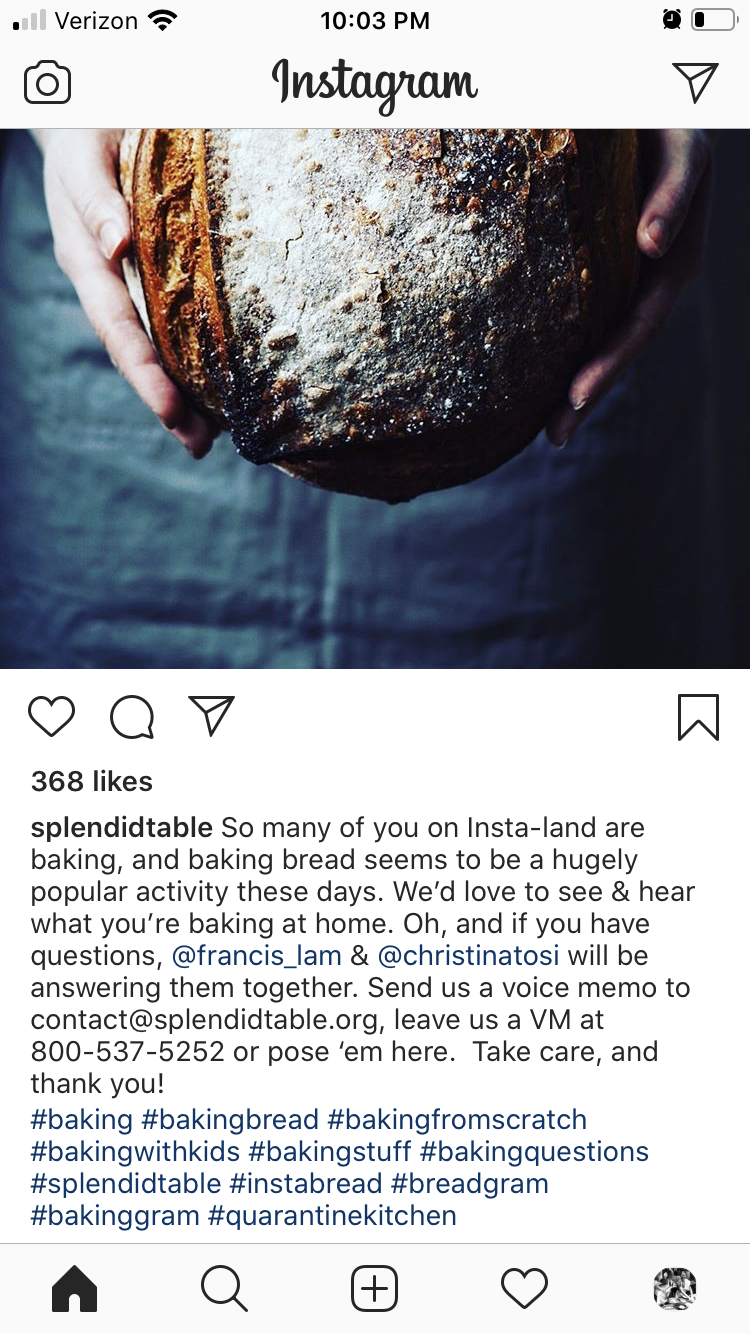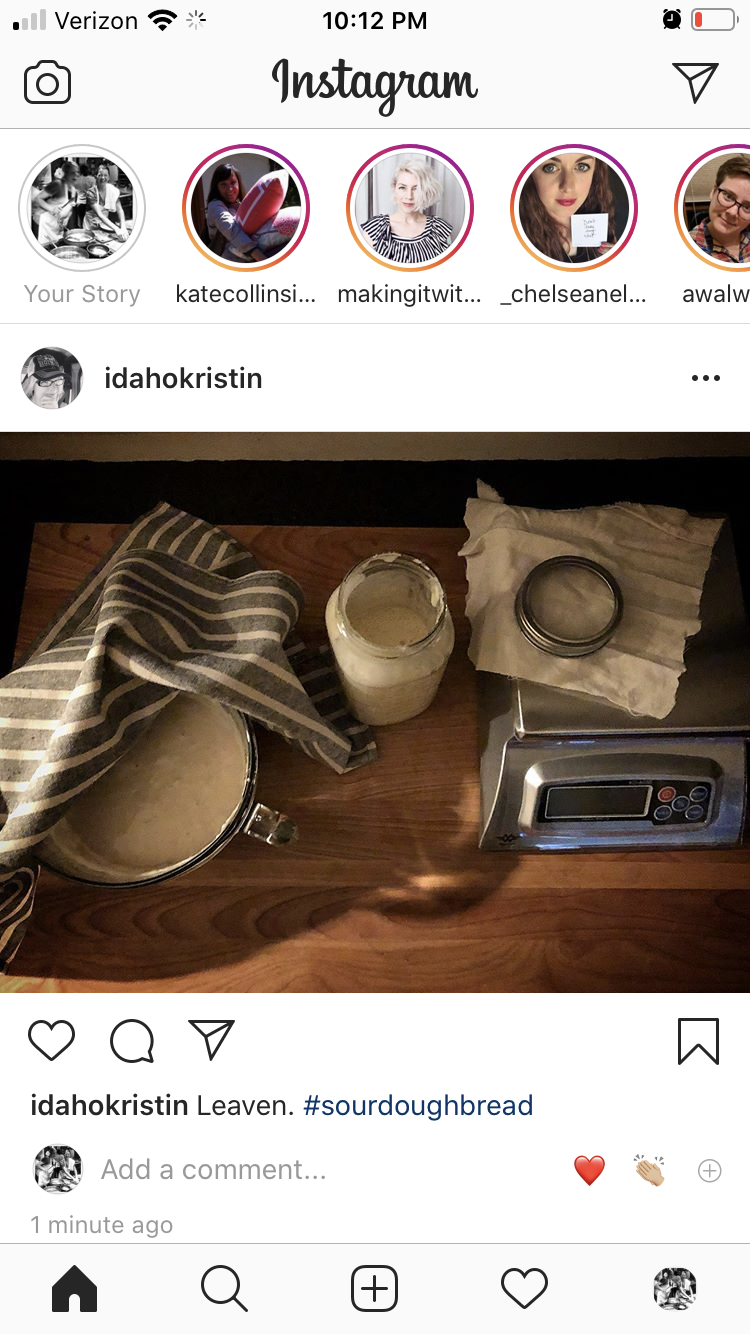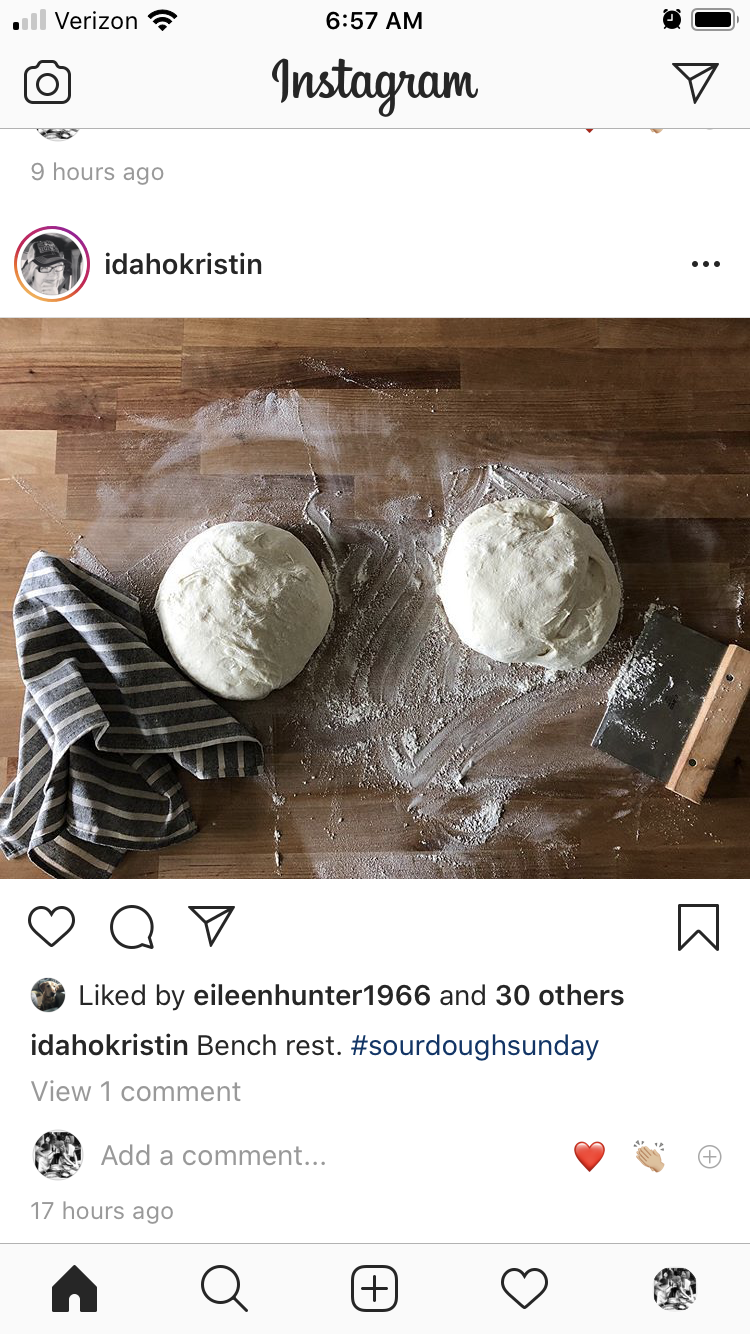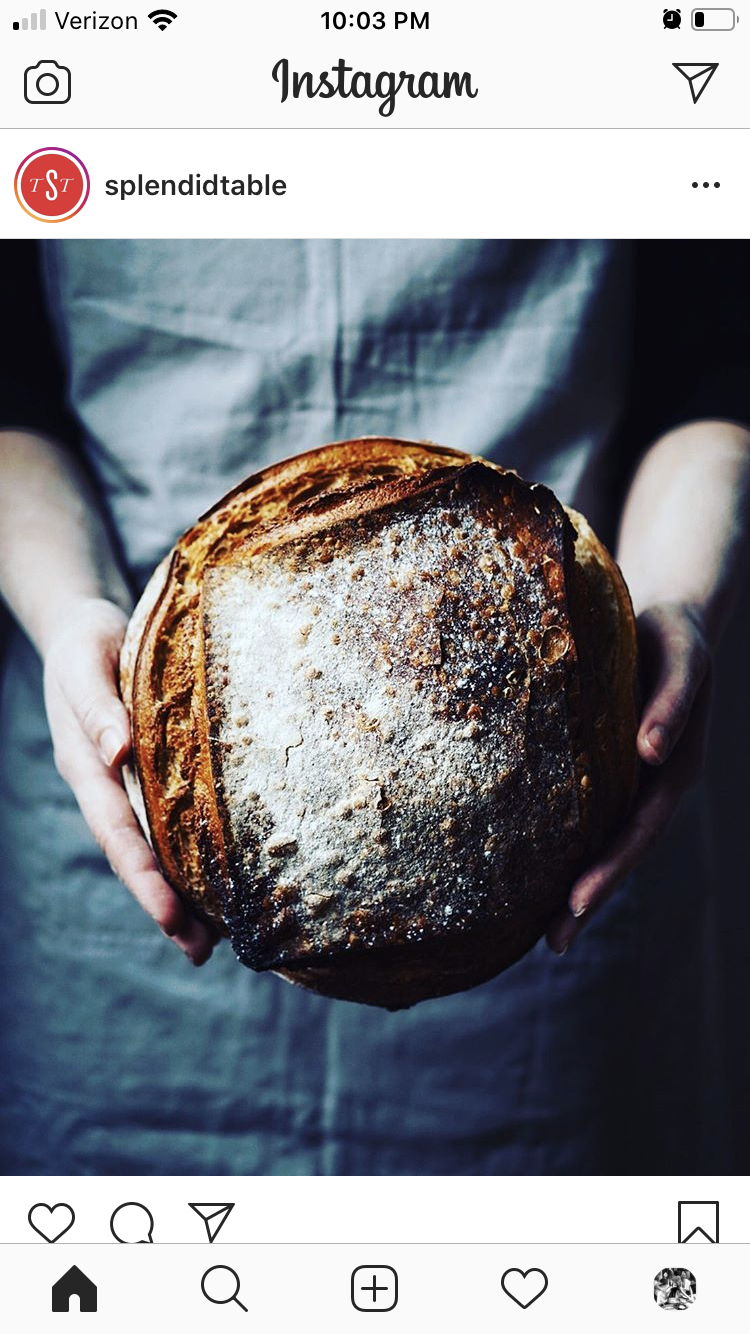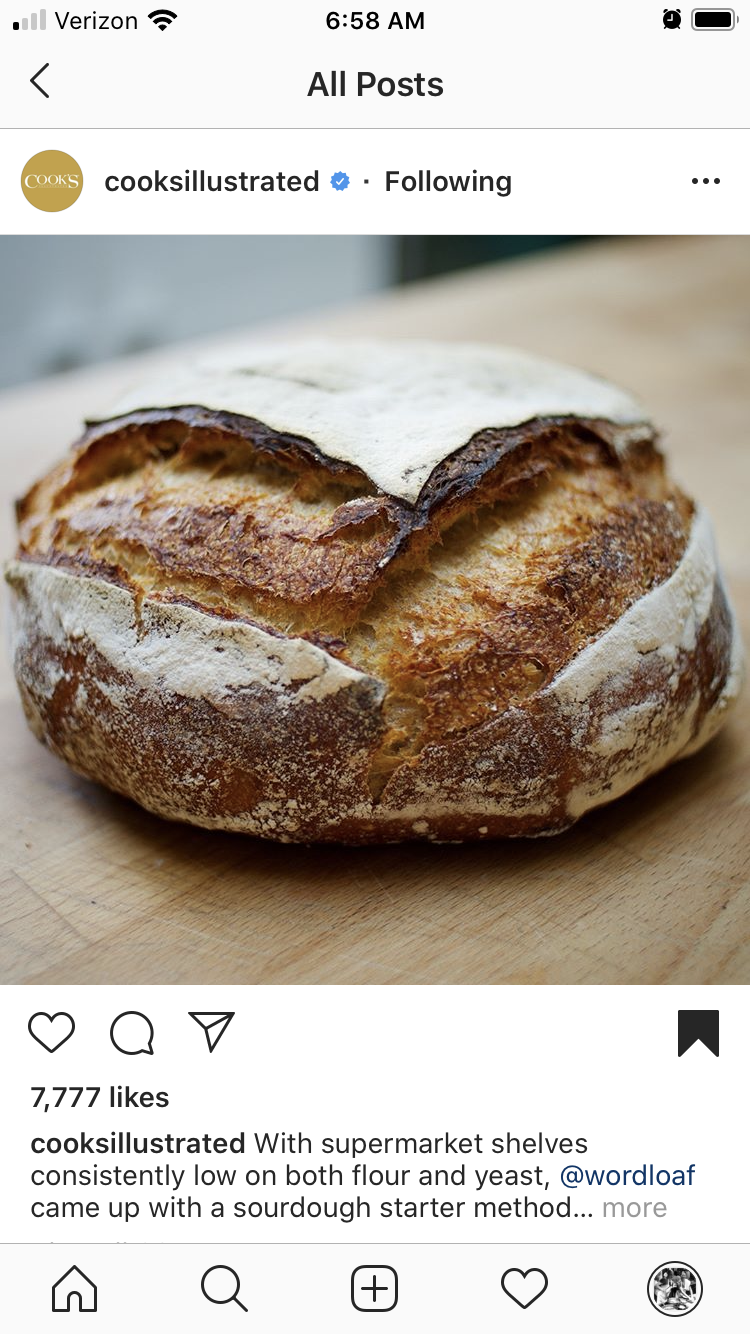Homesteading in Coronavirus
A shortage of toilet paper, Tylenol and hand sanitizer in the initial days of coronavirus panic shopping was quickly followed by rows of empty food aisles. While our country is unlikely to run out of food, we act like it’s about to. With apparent concern for food security, we reached back in time to recall the essentials of pioneer life — Yeast, flour, live chicks and vegetable seeds — and bought them all. These items quickly sold out and, it should be noted, remain highly sought after but in low supply.
A few headlines from The New York Times the weekend of March 28th: “America Stress Bought All the Baby Chickens”; “Food Anxiety Brings Back Victory Gardens”; “Panic Buying Comes for the Seeds”; and “Stress Baking More Than Usual?” Bread, eggs, vegetables: the essentials to survive. While each one of these areas has, at one point in the previous decade, enjoyed a resurgence (thank you, Farm to Table movement), our collective compulsion to purchase the basics speaks, perhaps, to what we value when looking for both comfort and food security. And what we believe we're still capable of in our modernized society.
“Apparently when times are tough, people want chickens. Chick sales go up during stock market downturns and in presidential election years.”
FORCED INTO THE KITCHEN
While we have yet to see the impact of chickens raised and yet to harvest victory gardens, the making of meals is immediately felt. To many people prior to the COVID-19 virus, home cooking was novel, and has left star home cooks like Ina Garten and Alison Roman to fill in the blanks of how to cook a basic meal.
Alison Roman, a New York Times food columnist, and author of cookbooks Dining In and Nothing Fancy, not only has a charming and relatable presence in her Insta Stories but a sense of direction about what to eat in these times. She provides what she frames up as unrivaled recipes for certain foods, so self-assuredly calling it ‘The Stew,’ ‘The Cookie,’ and ‘The Dip.’
“Lacking anything like “The Plan,” we would like to know what we are supposed to be doing. We would like someone who seems like they know what they’re doing to tell us what to do and how.”
On the flip side, Ina Garten – Food Network celebrity and America’s favorite dinner party host – quickly connected with her audience by embracing the chaos: making pantry-inspired recipes, walking through the ways to “interpret” a recipe using what you’ve got on hand, and how to (now famously) make a pitcher of cosmopolitans at 9:30am. As she says, “It’s always cocktail hour in a crisis.”
RETREATING TO THE KITCHEN
While there is nervousness in how we feed ourselves, there is also great relief to be found in the kitchen. Immediately, people were making sourdough starters or finding ways to create yeast naturally, making do when Fleishmann’s yeast packets couldn’t be found on grocery store shelves. Then a week later, beautiful loafs of bread appeared on social feeds and cooking newsletters, so many of them outlining ways to make bread and approach this novel new way to pass the time in our own kitchens.
And there is, of course, the entertainment factor. The success of Food Network and other cooking channels has proven we love to watch people cook, and on Instagram right now, everyone is cooking. We are curious about others’ kitchens, what they make, and how they make it. Stories of hoarded pantry staples and those that are living to tell the tale of now consuming them - how many ways can we use a can of chickpeas? - matter now. Some kitchens have become labs, re-growing scallions, bok choy, and romaine while others are playgrounds to try new recipes once out of reach because of time constraints.
FORECAST: PRESERVING THE KITCHEN
In a return to war-times mentality, it seems America is interested in relearning the lessons we'd lost in a generation. There's no doubt that veggie stock made from compost scraps is just around the corner and canning will become the rage in August as the seeds sown now become - we hope - abundant gardens.
But what will we hang onto when this passes? Are these small attempts a bigger realization or a food fad that will be marked in time along with this surreal experience?





